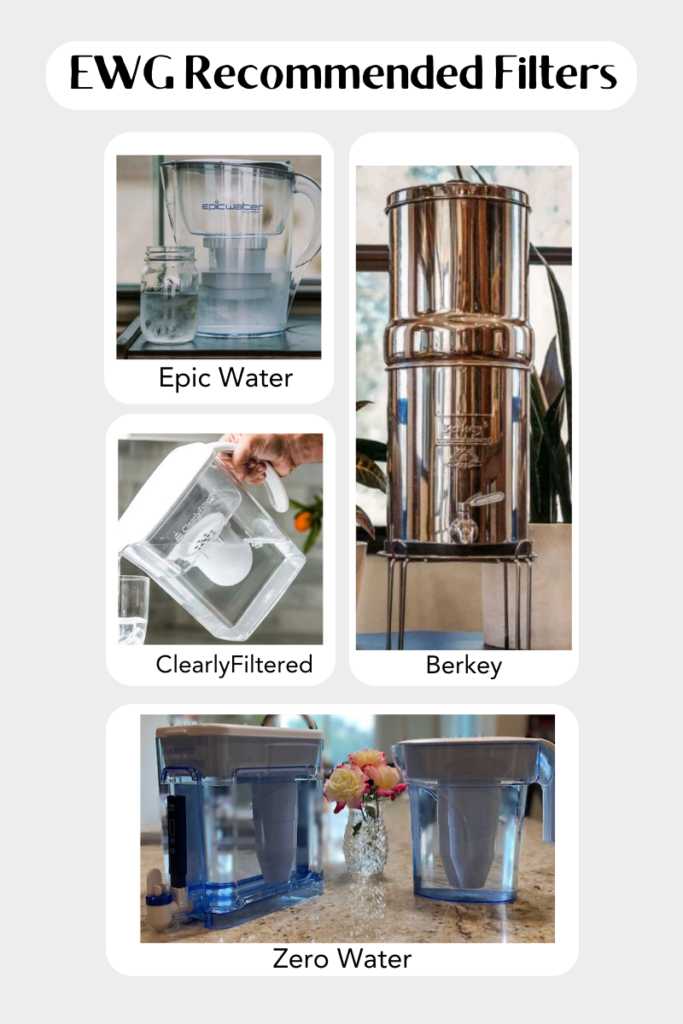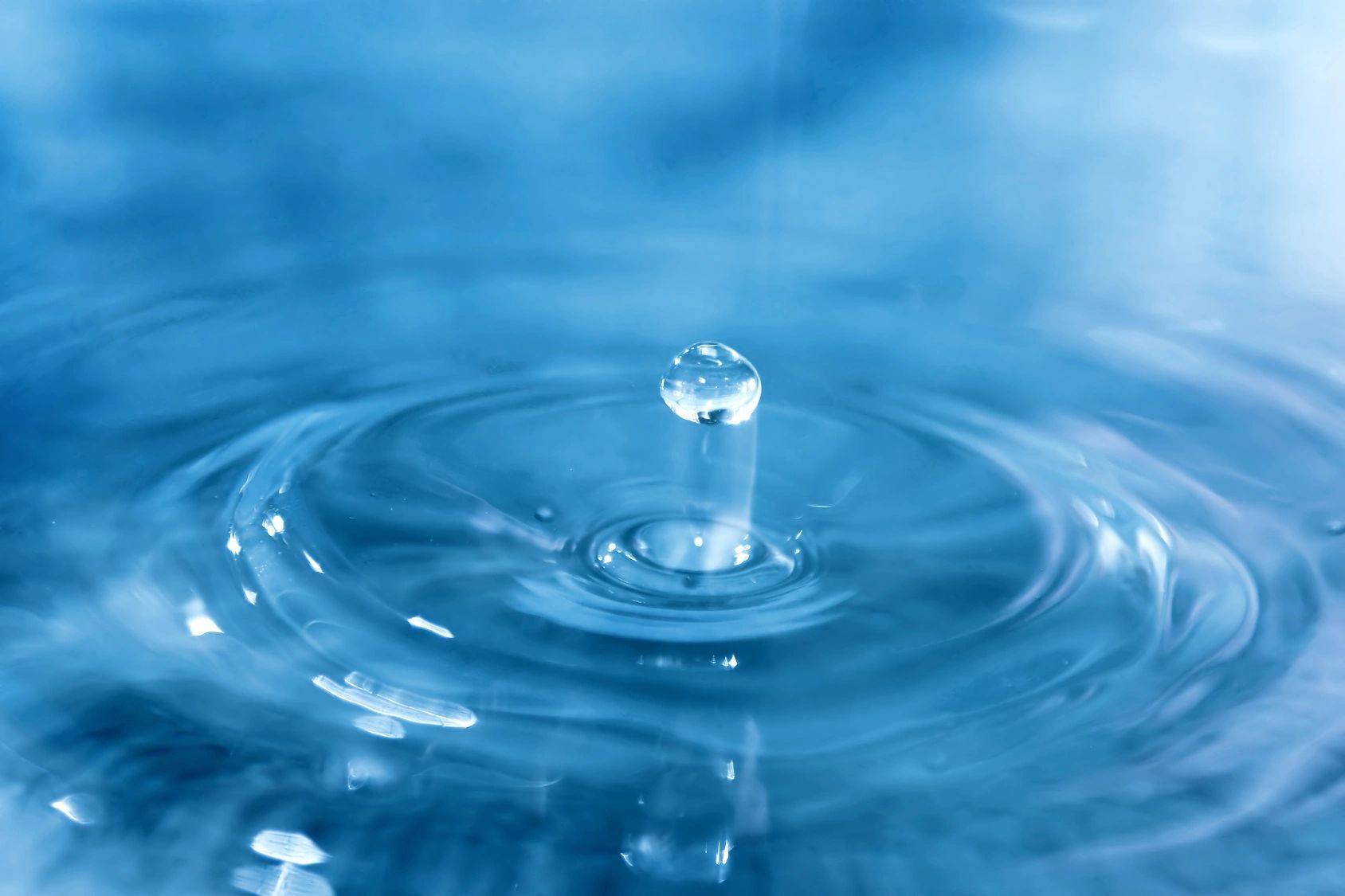Estimated reading time: 6 minutes
Clean air, clean water, and clean soil—the foundations for healthy growth and development for all living things—these are all conditions I wish we could take for granted. Sadly this isn’t the case. After reading a scientific study released mid July about the presence of toxic chemicals in almost half of the water sources in the United States, I felt compelled to share these findings with you.
The Study
Last month, results of a large United States Geological Survey (USGS) study were released. This USGS study1 found per- and poly-fluoroalkyl substances (PFAS) in the drinking water and ground water of 2,853 communities! The study also estimates that the true scale of contamination is actually much worse than this.
The USGS study tells us that so-called “forever chemicals,” or PFAS are poisoning the water used by up to 200 million Americans. I find this very alarming and completely unacceptable. PFAS are harmful byproducts of chemicals used to make products water- and stain-resistant. The first time I heard of them was four years ago while watching the movie Dark Waters starring Mark Ruffalo. I had naïvely thought that once exposed, the toxins would be dealt with. It is estimated that 45% of Americans are using contaminated water for drinking, cooking, showering, bathing children, watering gardens, etc.
PFAS have been linked to cancer, reproductive harm, immune system damage and other serious health problems, even at low levels. They can affect the growth, learning and behavior in infants and children!
Sustainable Actions We Can Do Now
Seems overwhelming? Let’s start with the easiest action that can protect you and your families from PFAS. I have found the following three actions that can help achieve this goal.
Action 1: Check your local water quality report
Each year by July 1 consumers should receive a copy of a Consumer Confidence Report (CCR), also known as an annual drinking water quality report, from their water supplier. You can also go to your water company’s website and search for water quality report. Another method of retrieving this same information is through the Environmental Working Group (EWG) tap water database where you can enter your zip code and find your water company.
This report tells us where your water comes from and what’s in it. The main toxins that I searched for were lead and PFAS.
Action 2: Filter your water
The main focus of this blog is about easily filtering your drinking water. Continue reading to find the four filters that EWG has recommended to help reduce or remove forever chemicals from your water.
Action 3: Maintain the filters
Water filters need regular replacement. How often to replace depends on the quality of the water going into the filter and the amount of water filtered.
Types of Water Filters
My research found that there are three main filtering methods used in mainstream households. There are activated carbon filters (usually in pitchers), reverse osmosis (RO) systems and ion exchange systems. Since activated carbon systems are the easiest and most affordable options in upfront costs, I will be focusing on that type.
Activated carbon filters are very effective at filtering out impurities, including forever chemicals, which results in clean drinking water. Usually this type of system is portable as they are often in the form of a pitcher or a dispenser that has a replaceable filter inside. This filter needs to be replaced regularly when water quality from the pitcher starts to diminish. It might be helpful to add a calendar reminder for checking filters on a regular basis.
Filtering water as you pour into your glass
EWG tested ten activated carbon filters2 and found four that reduced the PFAS in water by 100% (or close to it). These systems range in cost from 30¢—60¢ per day per person for a pitcher or dispenser type filtering system.

I have created a table to organize information about the four filters shown above that EWG recommends. This table includes dimensions, costs and estimated filter life. It also contains affiliate links, in case you’d like to purchase one of these.
I’d like to mention that many people use the water dispenser built into their refrigerator for their drinking water, thinking they are getting clean water. I have not found any evidence that the filters used for refrigerator dispensers remove PFAS. Therefore, if refrigerated water is your preference, I recommend storing one of the pitchers or dispensers in the frig.
Full disclosure, I have been using ZeroWater pitchers and dispensers for five years. Before purchasing them I was seriously considering the Travel Berkey. There were two reasons why I changed my mind. First was the height of the set-up. The height between my countertop and upper cabinet is 18.5 inches. The Travel Berkey is 19 inches tall. Secondly, I watched several YouTube videos from people reviewing Berkey filtering systems. I was intimidated by the priming of filters and the amount of cleaning needed. The videos I have linked here make it much more manageable.
That said, after seeing the Berkey filter longevity and differences in costs, when my ZeroWater dispenser needs replacing, I will seriously rethink my concerns and give Berkey a try.
Filtering water as it comes out of the faucet
Faucet-mounted systems are very easy to use and these activated carbon filters last for hundreds of gallons of clean water. The downside is that they attach to a fixed type of faucet, not the pull-downs common in a lot of modern kitchens. These two were recommended in April 2023 by CBS Essentials:
ZeroWater ExtremeLife Faucet Filter: Under $40 for initial purchase with additional filters under $20. This filter provides ~400 gallons of filtration and was found in a third-party test to reduce forever chemicals as well as up to 98% of lead.
Culligan CFM-300WH Faucet Mount Water Filtration System: Also less than $40 with replacement filter cost under $25. The filter has a 300-gallon capacity and reduces forever chemicals and lead by 98%.
Carrying and Storing Filtered Water
Let’s talk for a bit about water bottles for storing, carrying and drinking filtered water. Since my overall goal is to reduce toxins in the environment, I recommend using glass or stainless steel water bottles instead of any type of plastic ones. For over a decade, my personal preference has been, and continues to be, insulated stainless steel bottles made by Klean Kanteen and HydroFlask. I love a container that can go in the dishwasher, is made to last, and has different tops in case I want a straw top, sports top or regular cap.
I have stored filtered water in insulated Klean Kanteen bottles in my car for months. Since they are insulated, the water doesn’t go through temperature fluctuations and tastes as fresh as the day I filled it up. There are many other quality stainless steel insulated brands, including Stanley, Yeti and ThermoFlask. I have a list of my favorite bottles and insulated commuter cups on my “Favorite Products” page.
Speak Up and Spread the Word
We must step up to protect our water for future generations. Please read and sign these short petitions from EWG and Consumer Reports to stop PFAS pollution and to hold the polluters accountable. Once you sign them, please share the link through social media and personally encourage three others to join us in our fight for clean water.
Writing an email or calling our elected representatives also helps. Every opinion communicated to them is tallied and shared with the representative.
Closing Thoughts
Forever chemicals or PFAS are some of the most toxic water contaminants known to the public. They are a class of chemicals that can wreak havoc on the health of all of us, our families, our future generations as well as our environment. Please find out what is in your water and then choose a high-quality filtering system to keep you and your loved ones healthy. Then spread the word!
Subscribe to get entered into monthly drawings for products discussed in blogs and to receive a monthly email with new blog. Anyone can receive extra entries when posting photos of your water report, EWG recommended water filter, and/or screen shot of petition signed at the Facebook page.

Do you have any input about Brita filters?
Brita showed up in the EWG ratings much lower since it only removed 66% of PFAS.
As a side note, Consumer Reports rated water filter pitchers in Jan 2023 based on the following: 1) flavor and odor reduction, 2) flow rate, 3) clogging, 4) cost/year, 5) certified to NSF standard for reduction of lead, and 6) certified to NSF standard for reduction of chlorine. (They were not testing for the PFAS filtration at that time.) The Brita Stream Rapids OB55 was rated the highest with 81 points out of 100. However, CR found that this filter did not meet standard for lead reduction.
Fifth was ZeroWater Ready-Pour ZD-010RP with 67 out of 100. The flow rate was slightly lower than the Brita and it was more expensive over one year, but did filter out lead.
Sixth was Brita Monterey OB 50. It scored 59 out of 100. It scored poorly on clogging and flow rate, but says that it filters out lead.
Seventh was another Brita (Everyday OB46) which scored 53 out of 100. It did poorly in flavor/odor reduction and did not filter out lead.
Eighth was ClearlyFiltered COMIN16JU025114 which scored 41 out of 100. It scored poorly in clogging and cost.
I hope this helps.
Since I was focusing on PFAS filtration, I did not include any of the above information.
We recently bought a ZeroWater pitcher. Thanks for doing the research and providing the recommendation.
I am thrilled that my research helped you select a helpful product. We all need to be drinking water without PFASs!